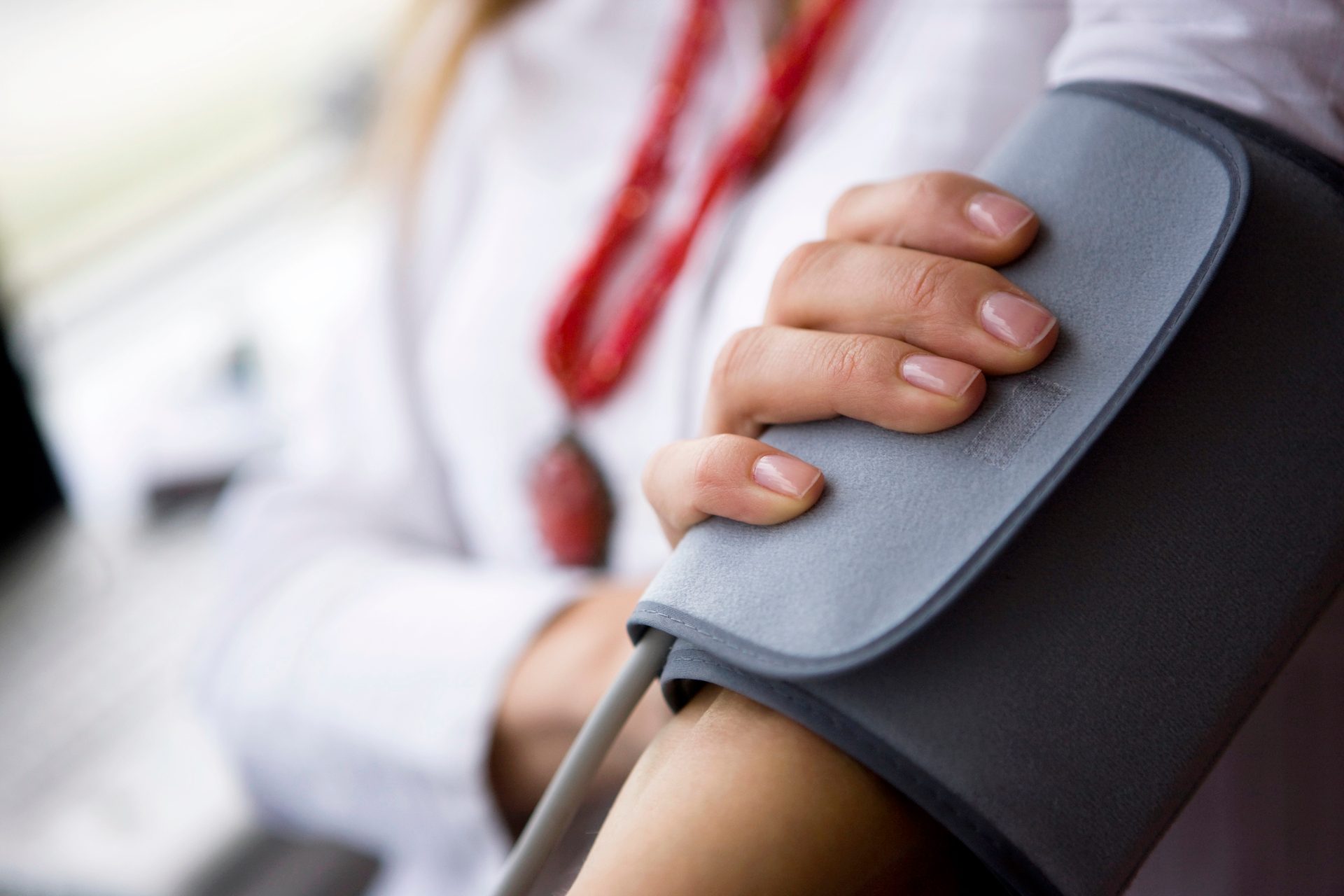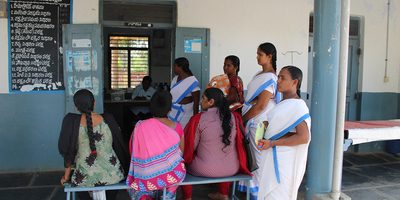
Women in China have greater awareness, treatment, and control of high blood pressure than men, new research finds
Women in China have greater awareness, treatment, and control of hypertension than their male counterparts, new research from The George Institute for Global Health at the University of Oxford has found.
The findings, based on an analysis of 57 studies comprising over 2 million individuals, found that women were 7% more aware than men of hypertension, also known as high blood pressure. Women were also 6% more likely than men to be currently using antihypertensive medications, and 3% more likely than men to be effectively controlling their blood pressure levels.
Hypertension is a major risk factor for cardiovascular disease, one of the world’s biggest killers, but this risk is modifiable, meaning that it can be controlled with appropriate management (levels of ≥140mmHg for systolic and ≥90mmHg for diastolic blood pressure, respectively).
"Overall, women had greater awareness, treatment, and control of hypertension in China than men. But it’s worth noting that levels across all three categories were low for both sexes, with only 17% of all participants in control of their hypertension,” said Dr Sanne Peters, Research Fellow in Epidemiology at The George Institute, UK, who led the research.
A lack of exercise, an unhealthy diet, especially one high in sodium, being overweight or obese, smoking, and long-term sleep deprivation are all recognised factors that can raise your risk of developing high blood pressure. In about one in 20 cases, hypertension occurs as the result of an underlying condition, such as kidney disease or diabetes, or as a response to a medication or drug. [1]
China constitutes nearly 20% of the world’s population, and with 17% of women and 22% of men reported as having hypertension in 2015, the nation represents a large proportion of the global burden of the condition. [2,3] The sex differences in the awareness, treatment, and control of hypertension reported for China are also broadly consistent with findings from developed countries.
“Responding to the global burden of hypertension benefits from a population-based approach, with inexpensive antihypertensive therapies being widely available to lower blood pressure among individuals at highest risk. This research signals the potential that sex-specific interventions may play in efficiently combatting the burden of hypertension,” Dr Peters said.
Factors underpinning these differences between women and men in the awareness, treatment, and control of hypertension are uncertain, but they may be age-related. Further research is needed to help identify the best strategies for managing hypertension amongst both women and men, in China and across the world.
This work was supported by a policy grant from the Oxford Martin School at the University of Oxford.
- Read the full paper in Hypertension Research.
References:
[1] Common causes of hypertension
[2] NCD Risk Factor Collaboration. Worldwide trends in blood pressure from 1975 to 2015: a pooled analysis of 1479 population-based measurement studies with 19.1 million participants. Lancet (London, England) 2017; 389(10064): 37-55.



